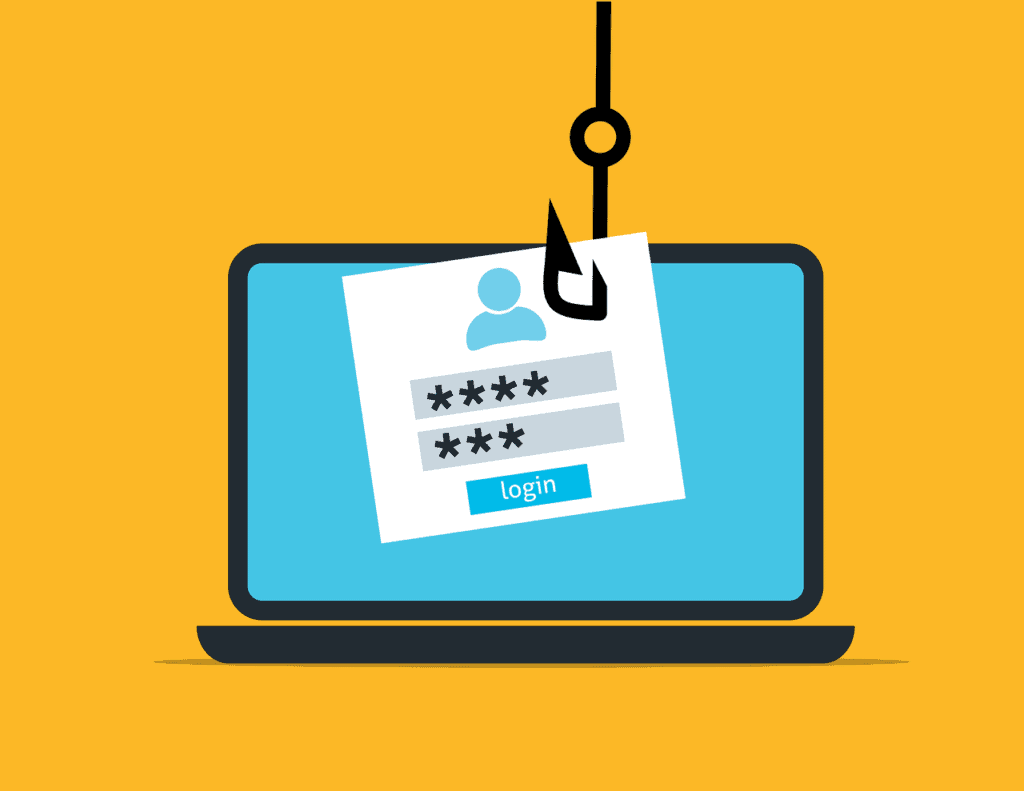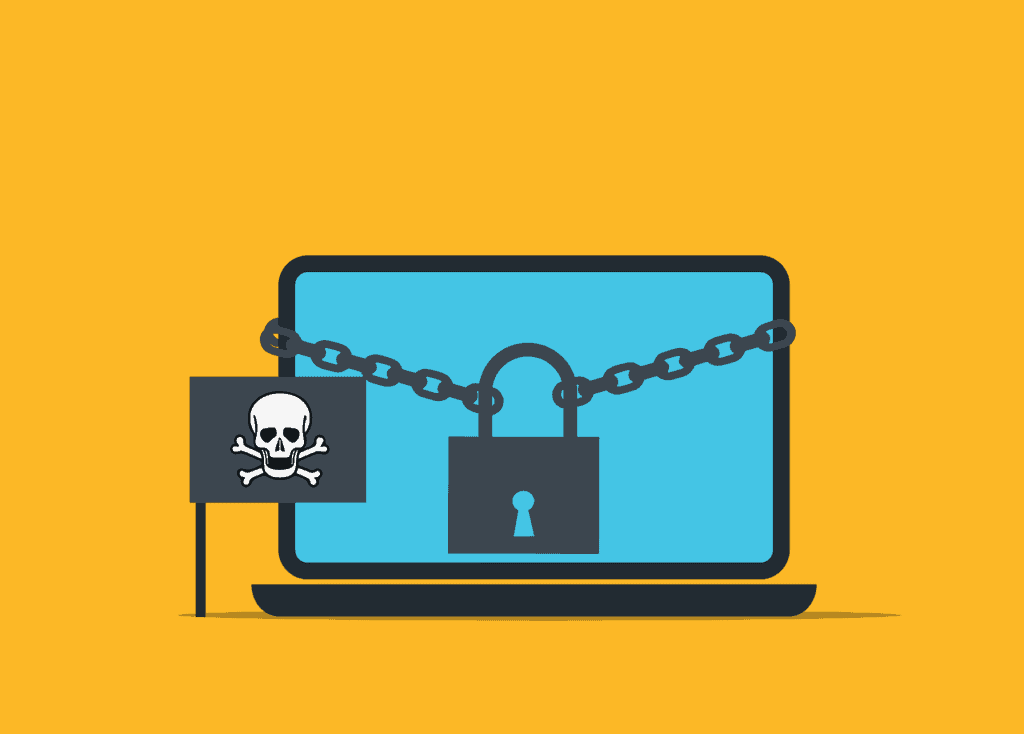
Sad to say, cybercriminals are going more robust and faster every day when it comes to blackmailing and causing corruption. Ransomware has been one of the most common malware types that attackers use for financial theft. Although ransomware attacks have significantly declined in the last few years, they are still there, threatening large businesses’ cyber security. Keep reading to learn more about this file-encrypting malware.
What is Ransomware Attack?

Malware attacks – a combination of ‘malicious’ and ‘software’ – are practices that cybercriminals use for theft or causing damage. One form of those attacks is ransomware, where the attacker converts a user’s information or data into a cipher.
The attacker denies the victim’s access to their own data unless they pay a ransom in exchange for the decryption key. Ransom costs vary from a few hundred to many thousand dollars, and they are paid in Bitcoin. Upon payment, the hacker releases the victim’s sensitive data and information.
However, security software is there to help minimize the chances of these incidents taking place. There are different types and variants of ransomware attacks, which ease the hackers’ ways into blackmailing. There are also methods that the victim can use to remove the malware instead of paying the ransom.
Common Types of Ransomware
There are only two types of ransomware. However, countless ransomware strains fall into one of those two types. These types are either crypto-ransomware or locker ransomware.
Crypto Ransomware
Crypto ransomware is the type of malware that seeps into the victim’s system and makes valuable files inaccessible. When attackers use this type, this forces the victim to pay a ransom in exchange for data recovery.
Locker Ransomware
Locker ransomware possesses a trait of a higher level than crypto-ransomware, which is totally locking the victim out. Instead of ciphering valuable files, it locks the victim’s whole device until they pay the ransom demanded.

12 Common Strains of Ransomware
Criminals managed to develop different strains of ransomware around different places of the world. Each strain has its own traits, works in a specific way, and targets certain software. So, take a look at the most common strains:
WannaCry
Being one of the most widespread ransomware strains, WannaCry vastly affected several reputable organizations. WannaCry has become a well-known ransomware campaign in over 100 countries around the globe. It mainly targets Windows-operating devices.
Bad Rabbit
Bad Rabbit strain has been infecting different organizations around Europe, in particular. The strain works by urging the victim to run an Adobe Flash program that hackers compromise across real websites. When the program runs on a device, the user gets directed to a payment page.
Petya
Petya attack first made an appearance in 2016. Targeting HR departments in corporates, it encrypts the Master File Table (MFT), locking access to files on a hard disk. It spreads when the user installs a Dropbox link carrying the malware.
There is also NotPetya that researchers think is a variant of the original Petya. However, unlike most ransomware strains, it doesn’t require a ransom. Criminals launch NotPetya, aiming to damage data and destroy it.
Locky
Locky malware hits the victim, disguising as a genuine email attachment, mainly an invoice. When the victim opens the invoice and follows the instructions, they enable macros to spread through the system. Locky’s main purpose is to lock the victim out of his own system until they make a payment.
Maze Ransomware
Researchers discovered Maze in 2019. This strain has been targeting the healthcare sector, stealing the victims’ financial data. It also targeted other well-known companies, but those of the healthcare industry were on top of the list.
Jigsaw
Hackers used the jigsaw strains for a prolonged period to illegally claim ransoms from several victims. This strain works by invading systems and continuously deleting important files on an hourly basis. Once the victims pay the ransom, they restore those files.
Ryuk
Ryuk is deemed one of the most dangerous ransomware attacks that gained popularity in 2020. Attackers who launch Ryuk malware typically target corporates of high profiles with highly critical data. This includes governmental sectors and hospitals where attackers encrypt significantly sensitive data, demanding ransoms in several million.
GoldenEye
Many tech researchers believe that the GoldenEye strain is the reincarnation of Petya. It targets HR departments of high-profile corporates, damaging the users’ Master Boot Record that denies access to hard disk files.
LeChiffre
This strain, in particular, is a little sneakier than its counterparts. LeChiffre lures its victims into their own trap and starts stealing their money. Hackers launch LeChiffre and run it manually on vulnerable systems, paving their way into remote access.

KeRanger
KeRanger ransomware strain is not commonly used, for it only targets devices that run macOS. Much like the other strains, KeRanger spreads when the user runs the infected application. It launches on the macOS device and encrypts critical files.
Shade
Shade ransomware attack first took place in 2015. It is also known as Troldesh. This strain disguises as genuine emails with infected links or attachments. Also, hackers that launch this strain contact their victims personally through emails.
Spider
Like most of the ransomware variants, Spider spreads through spam emails encompassing a Word Document. Once the victims download the file, the malicious macros start finding their way through the system and encrypting its files. Spider strain was commonly popular in different countries across Europe.
Successful Solutions to Prevent Ransomware Attacks
There are various ways to set up your cyber security and keep criminals at bay. However, harmful incidents can still happen, so you need to be one step ahead when this happens. Here are some safety measures to consider to protect your networks and systems.
Anti-Virus Programs Installation
Anti-virus programs are essential more than some people tend to believe. The premium ones are capable of detecting when malware has infected your system. Some also work perfectly at ridding your system of potential ransomware attacks.
Data Backup
Backing up your data goes a long way when malware affects your systems. If, for any reason, you couldn’t take off your malware or didn’t pay the ransom, you’d quickly restore your files. So, make sure you have your sensitive and vital data tucked away somewhere else.
Constant Software Updates
Outdated software or systems are vulnerabilities that cybercriminals can take advantage of. They are easier to invade than the newer versions. Up-to-date softwares always contain bug fixes and other advancements that add another layer of protection, unlike outdated ones.
Double-Check Links and File Attachments
Since this is the criminals’ common way to spread malware, train your eyes to notice if file extensions look suspicious. They are usually not that obvious unless you’re fully aware of how infected links or attachments look like.
